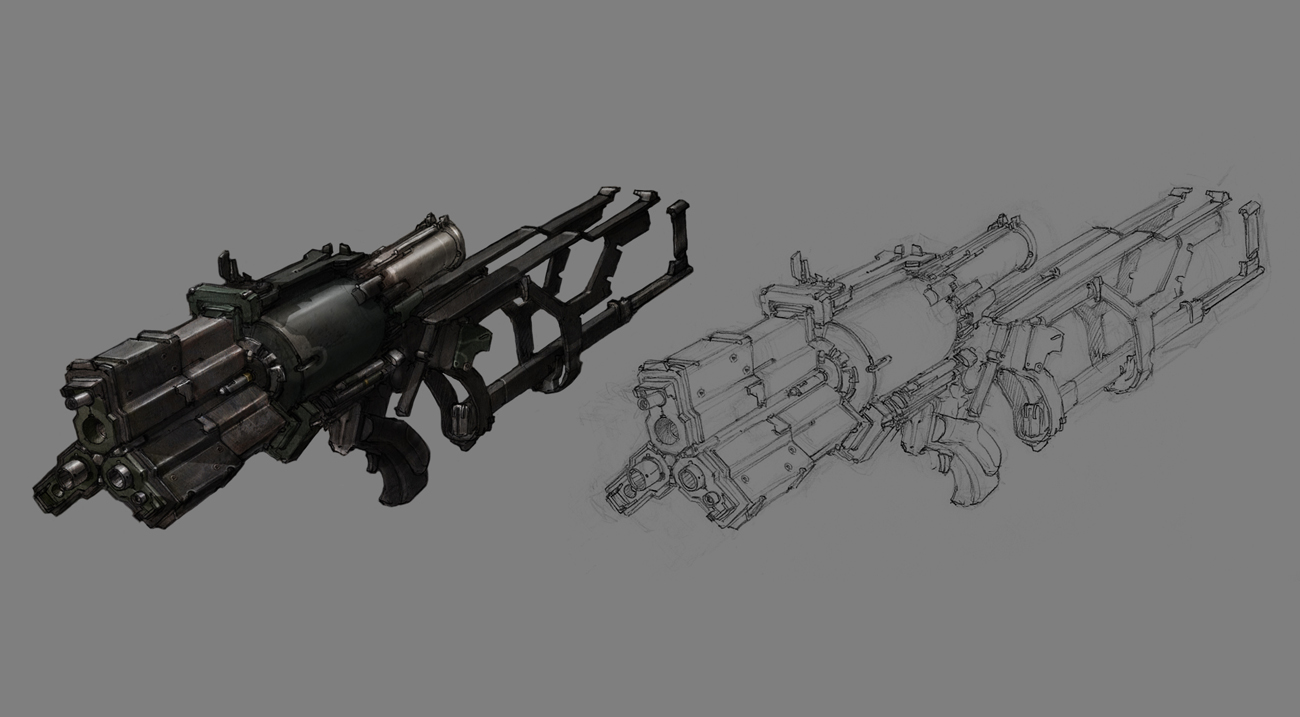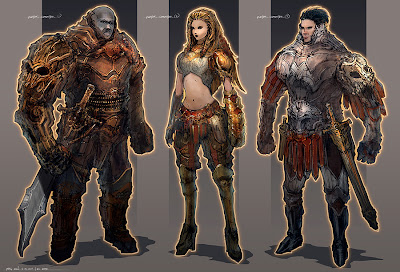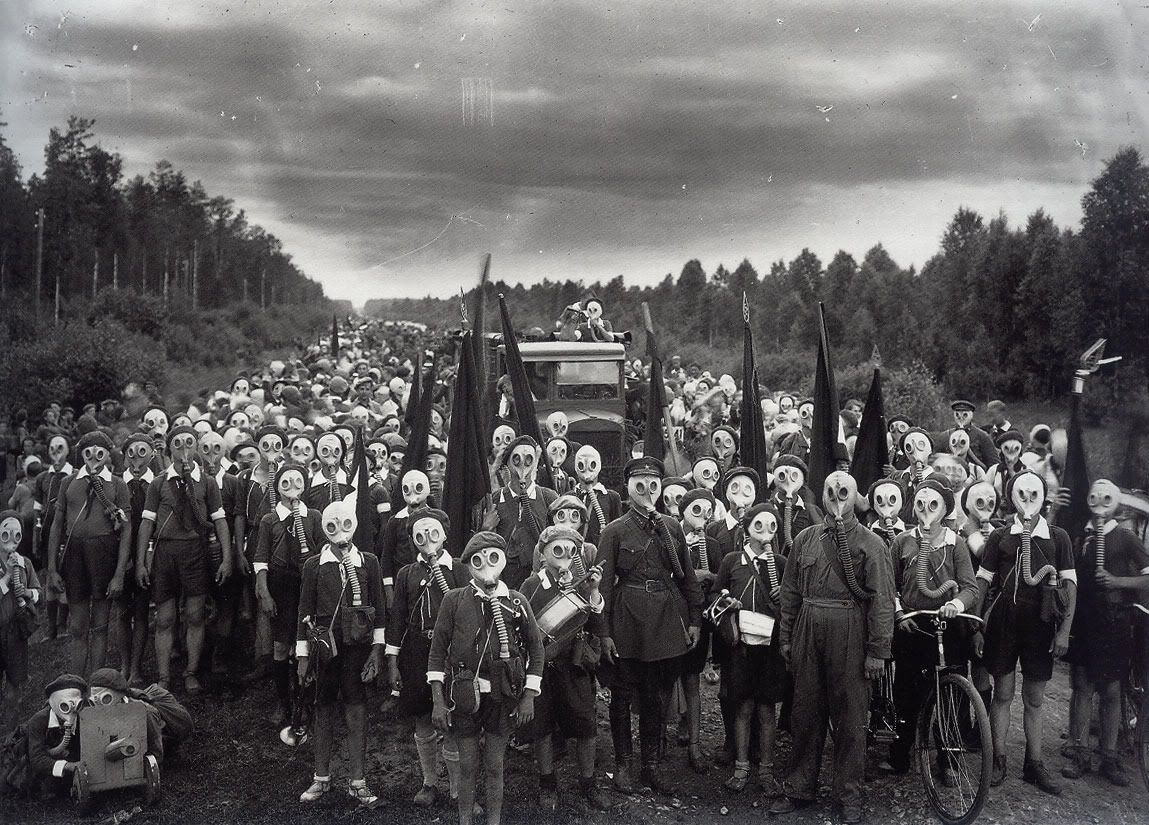"Amputee Soldier"
Continued working on some thumbnails for the 3rd character in the silhouettes. This silhouette was interesting as it contrasted with the large powerful outlines of the previous two. The zombie like, fragile appearance was quite refreshing, especially when a games protagonist often consists of large, strong male characters. The outline also fitted well into the planned environment, showing the effect the harsh climate can have on an individual.
The silhouette implies that the character is low level, with a stance that doesn't seem very threatening as a person, yet seems dangerous. It was very mechanical looking, so I wanted the character to be heavily modified with mechanical limbs and such.
ANALYSIS
All designs were based off the engineer archetype, as a player will most likely link all the mechanical parts to some kind of mechanic role. Similar to a Demo man having a blown off arm, or a medic carrying a syringe, a player will hopefully recognize the characters enhancements as his own work.
Design 1
Though I am not too fond on these 3 designs, this is the one I think is the strongest, although not by much. The mechanical leg and arm works well, and so does the radio like antenna on the back, but the rest seems fairly uninteresting and generic.
Design 2
I think the open mechanical rib-cage and helmet works well in this as they seem quite unusual, however it does make the character seem entirely robotic. The rest of it was rather rushed as I could not think of a suitable design for its place.
Design 3
The third design is my least favorite. I tried to give him a tacky looking gas mask similar to the one on Character 1, however it doesn't seem to look or fit right. The armour around his upper torso doesn't seem very functional and the pouch on his stomach seems out of place.
This is the current design I have of "amputee" soldier. I have taken the elements I like from these thumbnail sketches and have added a helmet design from before.
I aim to have a more detailed, finalized design soon.
.jpg)











































